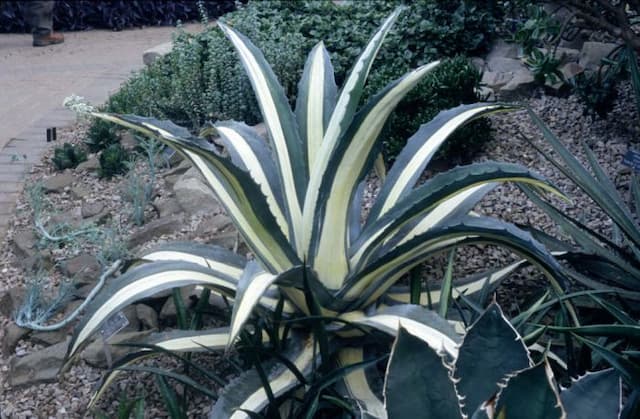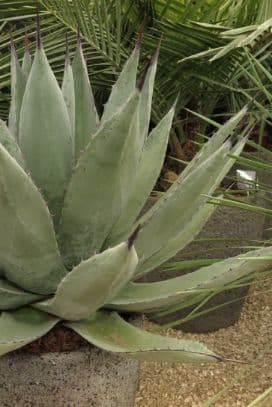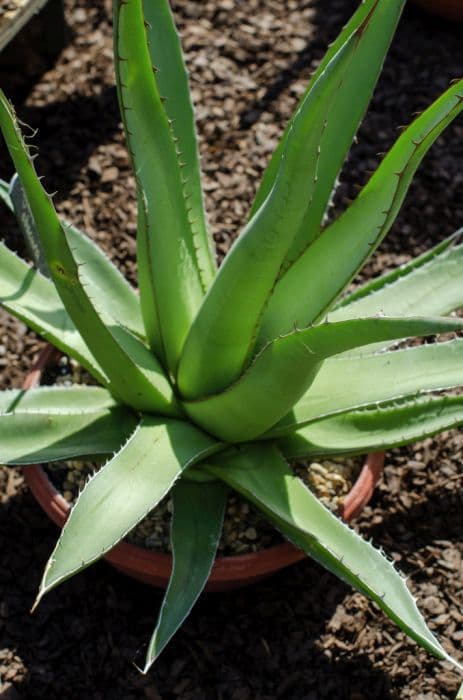Hyacinth 'Pink Angel' Hyacinthus orientalis 'Pink Angel'

ABOUT
'Pink Angel' is a bulbous perennial growing to 30cm with rich green, glossy, upright foliage and a fairly loose spike of mid-pink, scented flowers in mid-Ssring
About this plant
 Names
NamesFamily
Asparagaceae
Synonyms
Common Hyacinth, Garden Hyacinth, Dutch Hyacinth, Oriental Hyacinth
Common names
Hyacinthus orientalis 'Pink Angel'.
 Characteristics
CharacteristicsLife cycle
Perennials
Foliage type
Deciduous
Color of leaves
Green
Flower color
Pink
Height
8-12 inches (20-30 cm)
Spread
4-6 inches (10-15 cm)
Plant type
Bulb
Hardiness zones
4-8
Native area
Eastern Mediterranean
Benefits
 General Benefits
General Benefits- Aesthetic Appeal: Adds vibrant pink color and visual interest to gardens and landscapes.
- Fragrance: Emits a delightful fragrance that can perfume an outdoor space or a room if used in indoor arrangements.
- Early Spring Blooming: One of the first flowers to bloom in spring, providing early color after winter.
- Attracts Pollinators: Invites beneficial pollinators like bees to the garden, which is essential for the pollination of plants.
- Easy to Grow: Known for being easy to plant and maintain, making it suitable for beginner gardeners.
- Container Gardening: Suitable for pots and containers, which is ideal for small spaces and patios.
- Cut Flowers: Can be used in floral arrangements due to their attractive blooms and long vase life.
- Seasonal Festivity: Often associated with spring festivals and celebrations, bringing seasonal joy and symbolism into homes and gardens.
 Medical Properties
Medical PropertiesThis plant is not used for medical purposes.
 Air-purifying Qualities
Air-purifying QualitiesThis plant is not specifically known for air purifying qualities.
 Other Uses
Other Uses- Artistic Inspiration: Hyacinth's vibrant colors and delicate shape have often been used by artists and photographers seeking inspiration for paintings, illustrations, and photographic compositions.
- Storytelling Elements: In literature and mythology, the hyacinth often symbolizes peace, commitment, and playfulness, providing a rich element for storytelling and metaphorical language.
- Education: The hyacinth can be used in educational settings to teach children about plant biology, growth cycles, and the importance of horticulture.
- Culinary Garnish: Although not widely known for its edibility, the hyacinth can be used as an ornamental garnish to add a splash of color to sophisticated culinary presentations.
- Easter Decorations: Given its springtime blooming season, hyacinths are often used in Easter floral arrangements and decorations to symbolize new life and resurrection.
- Scented Sachets: Dried hyacinth flowers can be placed in small pouches to create scented sachets for drawers or closets, imparting a pleasant fragrance to linens and clothing.
- Perfume Industry: The scenet of hyacinth is sometimes replicated or used as a note in the perfume industry to create fresh, floral fragrances.
- Greeting Cards and Invitations: The image of hyacinth can be used in the design of greeting cards or invitations, especially for spring-themed events or functions.
- Weddings: Hyacinths are commonly integrated into wedding bouquets and centerpieces for their beauty and scent, symbolizing joy and happiness on the special occasion.
- Botanical Studies: As a representative of the genus Hyacinthus, 'Pink Angel' may be used in botanical studies focused on plant genetics, hybridization, or bulb growth patterns.
Interesting Facts
 Feng Shui
Feng ShuiThe plant Hyacinth is not used in Feng Shui practice.
 Zodiac Sign Compitability
Zodiac Sign CompitabilityThe plant Hyacinth is not used in astrology practice.
 Plant Symbolism
Plant Symbolism- Constancy and Sincerity: The Hyacinth, which 'Pink Angel' is a variety of, often represents consistency and heartfelt emotions.
- Playfulness: Its vibrant pink hues can symbolize playfulness and a joyous spirit.
- Peace: Like many flowers, the Hyacinth can represent peace and tranquility, possibly in part due to its soothing appearance.
- Sport or Play: The origin of the name Hyacinth traces back to a Greek myth involving the god Apollo and a boy named Hyakinthos, where it is associated with play and sport.
- Rashness: In line with the Greek myth, the flower also sometimes symbolizes rashness, as the boy's death was a result of a hasty action during a game.
 Water
WaterHyacinths, including the 'Pink Angel' variety, need to be watered moderately. It's essential to keep the soil moist, especially during their growth and bloom period in the spring. Water the plants thoroughly when the top inch of soil feels dry to the touch. On average, this may translate to watering once every 5 to 7 days, but always adjust according to the humidity, temperature, and rainfall in your area. Be cautious not to overwater, as this can lead to bulb rot. A general rule of thumb is to provide about one gallon of water per square yard of soil each week during the active growth phase.
 Light
LightHyacinths, such as 'Pink Angel', thrive in full sun to partial shade conditions. The ideal spot for planting them is where they can receive at least six hours of direct sunlight each day. If grown indoors, place them near a south-facing window for ample light. Adequate lighting is crucial for the development of strong stems and vibrant blooms.
 Temperature
TemperatureHyacinths, including 'Pink Angel', prefer temperate conditions and are hardy in a range of climates. They can survive winter temperatures as low as 20 degrees Fahrenheit and are tolerant of cold snaps. For optimal growth, they favor temperatures between 60 and 70 degrees Fahrenheit during the day and slightly cooler at night. These bulbs require a period of cold dormancy at around 35 to 45 degrees Fahrenheit to properly set their blooms for the spring.
 Pruning
PruningPruning is typically unnecessary for 'Pink Angel' hyacinths except for deadheading spent flowers to maintain plant neatness and prevent seed formation. After the flowers have faded, cut back the flower stalks, but allow the foliage to remain in place until it naturally dies back. This helps the plant to gather energy for the next blooming season. The best time to prune is immediately after flowering is over.
 Cleaning
CleaningAs needed
 Soil
SoilThe best soil mix for Hyacinth 'Pink Angel' is a well-draining, fertile loam with a pH of 6.5-7.0. Incorporate compost and sand to improve drainage and fertility.
 Repotting
RepottingHyacinths, including 'Pink Angel', do not need to be repotted often. They should be repotted only if the bulbs become crowded, typically every 2-3 years.
 Humidity & Misting
Humidity & MistingHyacinths, such as 'Pink Angel', prefer average home humidity levels. They do not require any special humidity adjustments.
 Suitable locations
Suitable locationsIndoor
Place in bright indirect light and keep soil moderately moist.
Outdoor
Plant bulbs in fall, 6 inches deep, in well-drained soil.
Hardiness zone
4-8 USDA
 Life cycle
Life cycleThe 'Pink Angel' hyacinth, commonly known as the Oriental Hyacinth, begins its life cycle when the bulb is planted in well-draining soil in autumn before the first frost. During winter, the bulb undergoes vernalization, a period of cold necessary to initiate spring growth. As temperatures rise in spring, the bulb sprouts, sending up green leaves and a flower stalk that blooms with fragrant pink flowers. After flowering, the plant enters a period of photosynthesis and energy storage, where the leaves gather sunlight to replenish the bulb for the next season. Once the leaves yellow and die back in late spring or early summer, the bulb becomes dormant, conserving energy until the next growth cycle. In appropriate climates or with proper care, the bulb can remain in the ground to repeat the cycle annually, or it may be lifted and stored during dormancy before replanting.
 Propogation
PropogationPropogation time
Spring
Propogation: Hyacinthus orientalis 'Pink Angel', more commonly known as the Pink Hyacinth, is typically propagated by division. The best time to propagate Pink Hyacinths by dividing their bulbs is in late summer or early fall, after the foliage has died back but well before the ground freezes. To propagate, you would carefully lift the bulb clusters from the ground using a spade, ensuring that you don't damage the bulbs. Gently separate the bulbs, especially looking for smaller bulblets attached to the main bulb, which can be detached and planted separately. Each bulb should be replanted at a depth of approximately 6 inches (15 centimeters), spaced around 4 inches (10 centimeters) apart, and watered thoroughly to help them establish.









